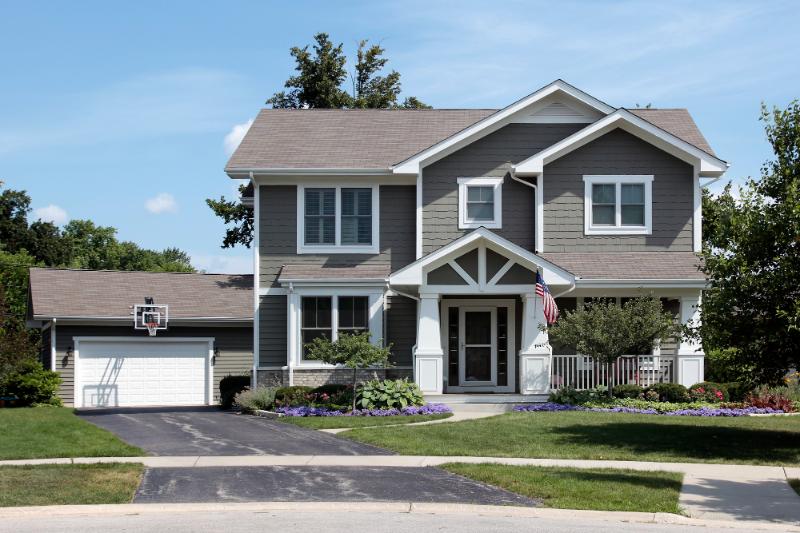Your home is your sanctuary, and your roof stands as the first line of defense against the unpredictable forces of nature. Storms, with their fierce winds, pounding rain, and sometimes hail, can wreak havoc on your roof, leading to costly repairs and potential safety hazards. However, with the right knowledge and proactive measures, you can stormproof your roof and ensure that it stands strong against the toughest weather conditions. In this comprehensive guide, we’ll explore savvy tips to safeguard your roof, enhancing its resilience and longevity in the face of storms.

Understanding Your Roof’s Vulnerabilities
Before diving into storm-proofing strategies, it’s crucial to understand the vulnerabilities of your roof. Different roofing materials and designs have varying susceptibilities to storm damage. For instance, shingles can be lifted or torn off by strong winds, while flat roofs may be prone to water pooling. Conduct a thorough assessment of your roof’s current condition, identifying weak points, and take note of any pre-existing damage. This initial step will serve as the foundation for implementing effective storm-proofing measures tailored to your specific roofing structure.
Reinforce Your Roof with Quality Materials
Investing in high-quality roofing materials is a fundamental step in storm-proofing. Opt for replacing roof shingles with impact-resistant shingles, which are designed to withstand hail and wind-driven debris. Additionally, consider materials that are resistant to mold and rot, as these can weaken the structure over time. Metal roofs, for example, are known for their durability and resistance to various weather conditions. While the initial cost may be higher, the long-term benefits in terms of storm resilience and reduced maintenance make it a wise investment.
Regular Roof Inspections and Maintenance
Regular roof inspections are paramount in identifying and addressing potential issues before they escalate during a storm. Schedule professional inspections at least twice a year, especially before the storm season begins. Look out for loose or missing shingles, damaged flashing, and deteriorating sealants. Promptly address any problems to fortify your roof’s integrity. Additionally, trim overhanging branches and remove debris, as these can become projectiles during strong winds, causing severe damage to your roof.
Secure Roof Flashing and Sealants
Flashing and sealants play a crucial role in preventing water intrusion, a common issue during storms. Ensure that flashing around chimneys, vents, and other roof penetrations is securely in place. Check for any signs of deterioration or gaps that may compromise the watertight seal. Reapply sealant as needed, focusing on areas prone to wear and tear. By maintaining robust flashing and sealants, you create an effective barrier against water infiltration, safeguarding your home’s interior during storms.
Strengthen Your Roof’s Structure
Reinforcing your roof’s structural integrity is essential for storm resilience. Consult with a structural engineer to assess your roof’s load-bearing capacity and make any necessary enhancements. Consider installing hurricane straps to anchor the roof to the walls, preventing uplift during strong winds. Strengthening the trusses and rafters can also provide additional support, reducing the risk of collapse. By addressing structural weaknesses, you significantly increase your roof’s ability to withstand the forces of a storm.
Invest in Wind-Resistant Features
High winds are a common feature of many storms, posing a significant threat to your roof. Investing in wind-resistant features can mitigate this risk. Opt for roofing materials and designs with a high wind resistance rating. Additionally, consider installing wind-resistant ridge vents and gable-end bracing to enhance the overall stability of your roof. These features work in tandem to reduce the impact of wind pressure on your roof, minimizing the likelihood of damage during severe storms.
Emergency Preparedness and Quick Repairs
No matter how well you storm-proof your roof, there’s always a possibility of damage during an extreme weather event. Establish an emergency preparedness plan that includes quick-response measures for roof repairs. Keep a supply of temporary waterproofing materials on hand, such as tarps and sealant, to address immediate issues. Additionally, have contact information for reputable roofing contractors who specialize in storm damage repairs. Taking swift action in the aftermath of a storm can prevent further damage and protect your home from additional risks.

Storm-proofing your roof is a proactive and essential investment in the safety and longevity of your home. By understanding your roof’s vulnerabilities, using quality materials, conducting regular inspections, securing flashing and sealants, strengthening the structure, investing in wind-resistant features, and preparing for emergencies, you can significantly reduce the impact of storms on your roof. Remember, a well-maintained and fortified roof not only safeguards your home but also provides you with peace of mind during the most challenging weather conditions. Take the time to implement these savvy tips, and your roof will stand resilient against the forces of nature for years to come.
